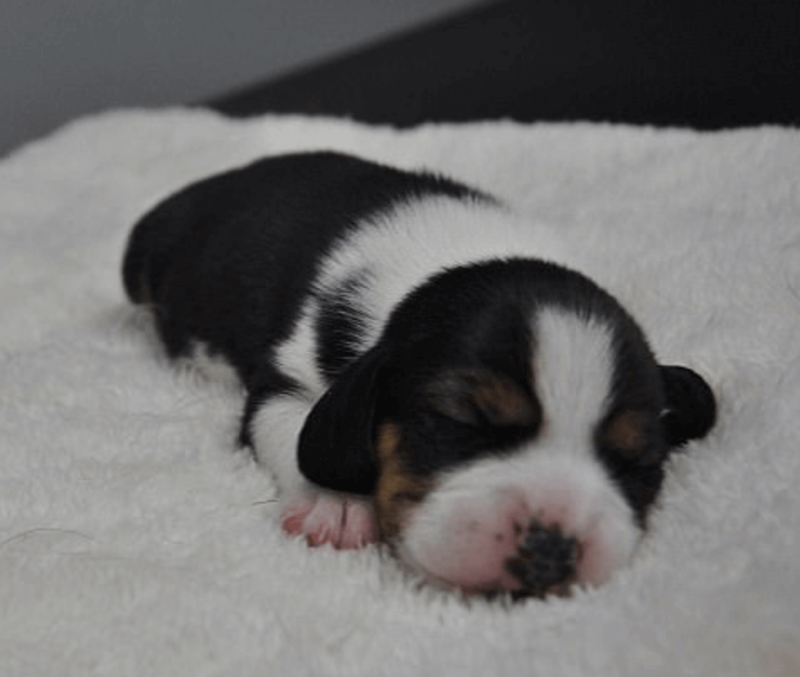Last week, Beijing-based biotech company Sinogene introduced Longlong to the world, a cute beagle puppy that is the first dog ever cloned using gene-editing. Longlong was born from a surrogate mother on May 26th, and even though he looks and acts like any other puppy, he’s genetically identical to another dog, 2-year-old Apple. Like Longlong, Apple was born in a laboratory and used to research human diseases.
…
Lai Liangxue, the lead scientist at Sinogene, thinks animal cloning, although controversial, is necessary for learning about human disease prevention. Lai told Sixth Tone that Longlong’s success means that Chinese biotech companies will be able to conduct biomedical research on their own clones — which is also much cheaper than gene-editing.
…
Meanwhile, Shi Zhensheng, a researcher and professor at China Agriculture University, believes that cloning dogs will benefit both man and man’s best friend. “The gene-edited dogs have great advantages in helping scientists to research human medicine and genetic diseases, also promoting the study on veterinary medicine,” he said, according to CGTN.
…
Several pet owners have already come forward, Zhao said, seeking to bring beloved family dogs back to life. In South Korea, this sort of thing costs up to $100,000. The cloning of Longlong cost the company 10 million yuan ($1.5 million), a price that Zhao hopes to cut significantly in the coming years.”Our price will be half of that,” he said. “We hope to popularize [such cloning] for the public.”
The GLP aggregated and excerpted this blog/article to reflect the diversity of news, opinion, and analysis. Read full, original post: Scientists show off world’s first dog cloned through gene-editing, hope to start producing pets in mass































